Last updated on May 16th, 2025 at 05:03 pm
Facial Motor Points

Knowing facial muscle motor points is essential in treating Bell’s and facial palsy. Over 20 groups of facial muscles control facial expression, and we must understand their motor points to stimulate them individually and adequately.
Research also suggests that accurate motor point identification has the potential to minimize the amount of current injected into the muscle and thus minimize the sensation of discomfort while maximizing spatial recruitment and evoked muscle tension1.
Facial muscles are flat skeletal muscles that
However, to stimulate them properly using galvanic stimulation, we need to learn about their motor points. In this article, we will discuss the motor points of important facial muscles with a clear diagram. So, let’s get started.
Indications for Facial Muscle Stimulation

The only indication of face muscle stimulation is paralysis/paresis of facial muscle. Few known conditions cause paresis of face muscle due to partial or complete injury to the facial nerve.
Facial nerve injury occurs in the following conditions:
- Bell’s palsy
- Facial palsy
- Hemiplegia
- Quadriplegia.
But the commonest is Bell’s palsy/ facial palsy. In our clinical setup, we often see Bell’s palsy. We give galvanic stimulation to each muscle using a pen electrode.
We call it a pen electrode because it looks like a pen with a
Motor points of the face
We have chosen 11 motor points of the prominent facial muscles. Below is a diagram of the motor points of the muscles supplied by the facial nerve.
This chart can be used as a reference for treating Bell’s/ facial palsy cases. Facial palsy is often associated with hemiplegia, and we must also know the electrode placement for stroke patients with different groups of weak muscles.
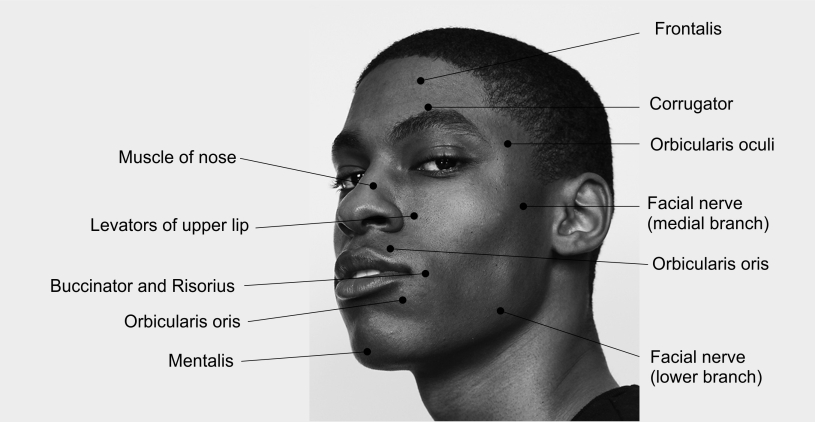
Keep Reading: Bell’s palsy causes, treatment & exercises
The author is a physiotherapist who has been practising for the last 17 years. He holds a Bachelor's in Physiotherapy (BPT) from SVNIRTAR (Swami Vivekananda National Institute of Rehabilitation and Research), one of the prestigious physiotherapy schools in India.
Whatever he learns dealing with his patient, he shares it with the world through blogs and e-books. He also owns a YouTube channel, "Sunit Physiotherapist" with over 8 lakh active subscribers. Here, he shares everything he gets to learn serving the patient.
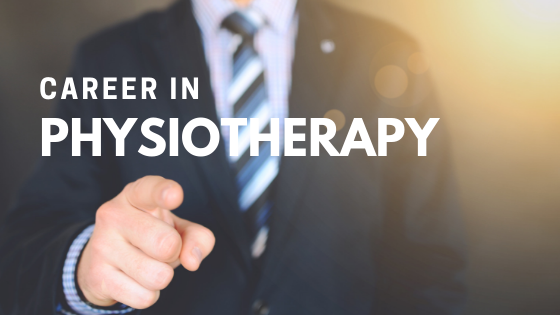

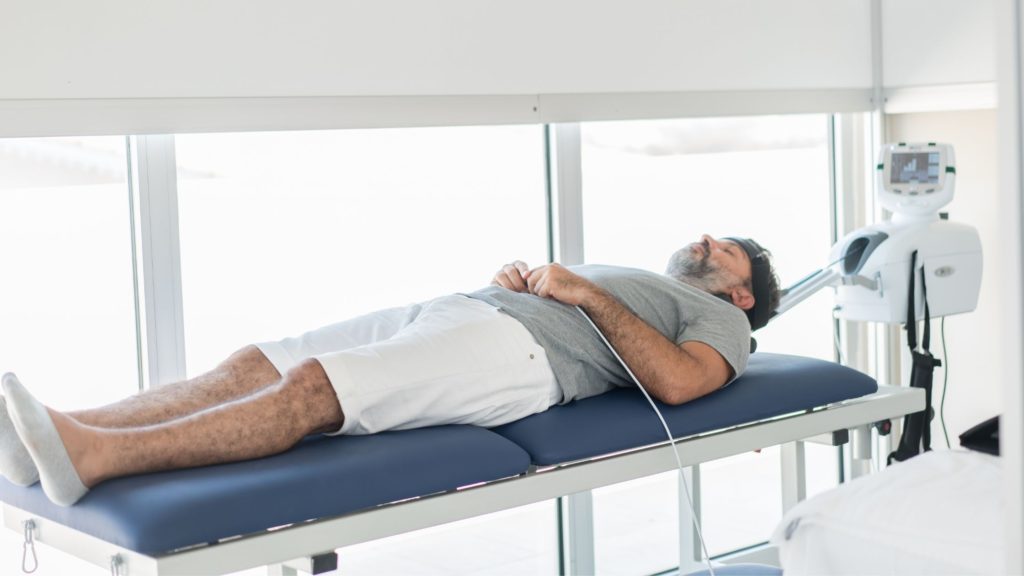
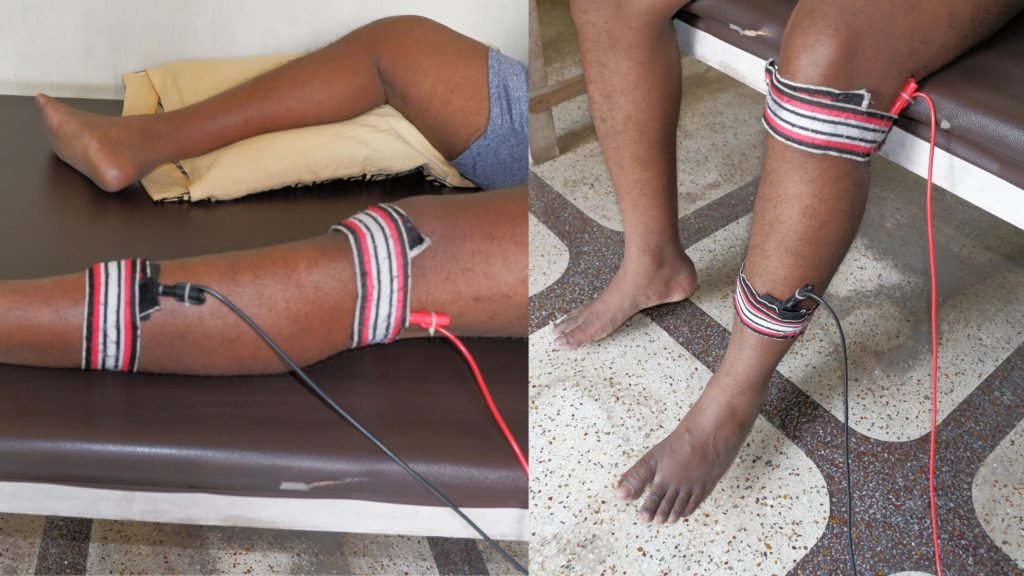
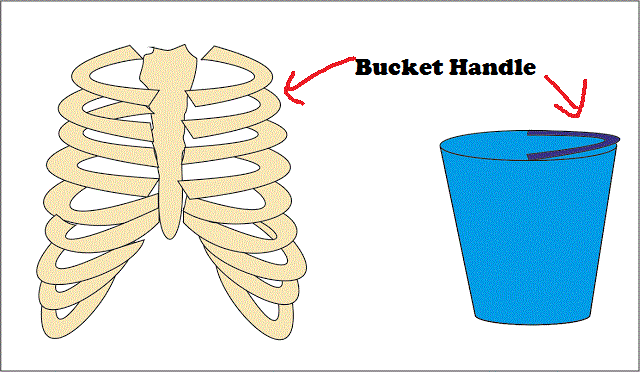
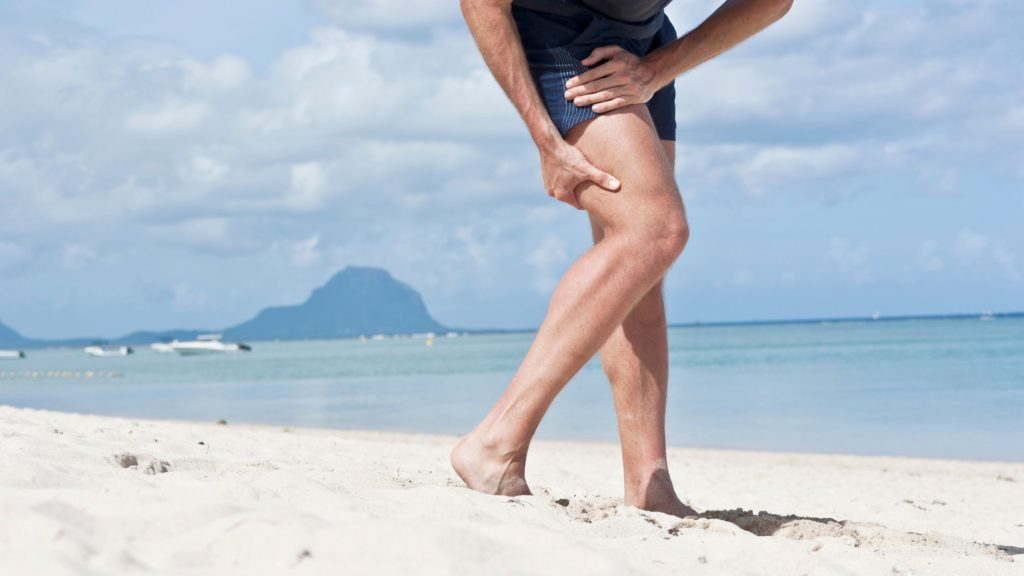
Pingback: 11 Easy Bell's Palsy Exercises for Facial Weakness - Physiosunit
Pingback: Electrode Placement for Stroke Patients Simplified - Physiosunit
Sir plz do the video on Galvanic stimulation points for the paralysis patients?
Thank you
It’s amazing ? ? and nice explanation Sir ?
thanks
TQ sir very gud information TQ so much sir